Growing Soybeans
All Growing Soybeans Content
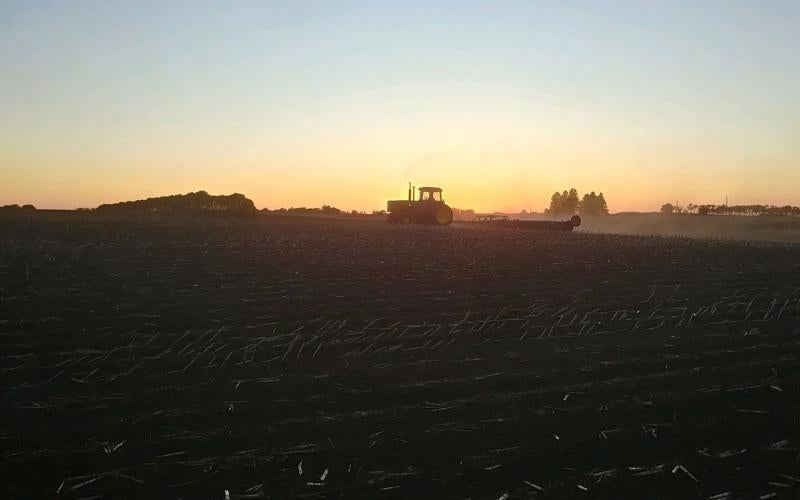
Soybean Rolling: Yield Effects
Land rolling soybeans has become a common management practice in many areas of South Dakota. The main reason for using a land roller on soybean fields is to push down rocks and level the soil surface for harvest, in theory reducing the amount of rocks and other debris that can potentially damage a combine header.
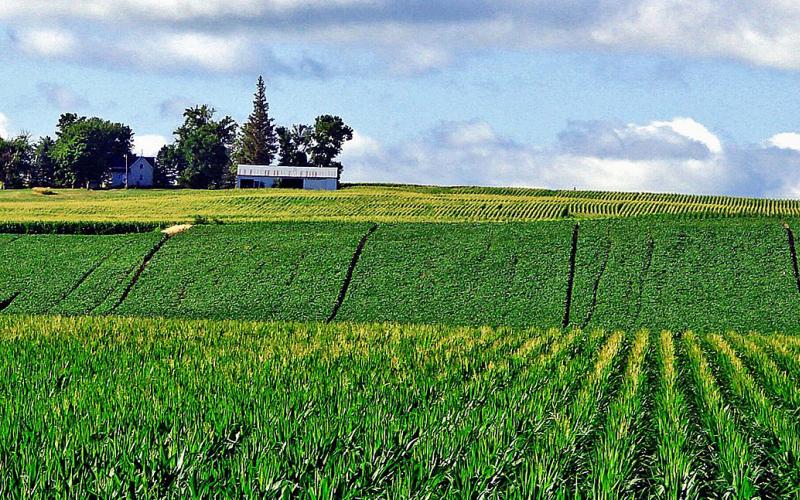
Are My Crops Susceptible to Chilling Injury?
To say that the spring of 2019 has been a challenge for South Dakota producers is an understatement. According to the USDA-NASS, corn and soybean planting progress in SD was pegged at 19% and 4% on May 20th, respectively, which is far below the 5-year averages of 76% and 39%. Last week was the first time much of either crop was planted in SD.
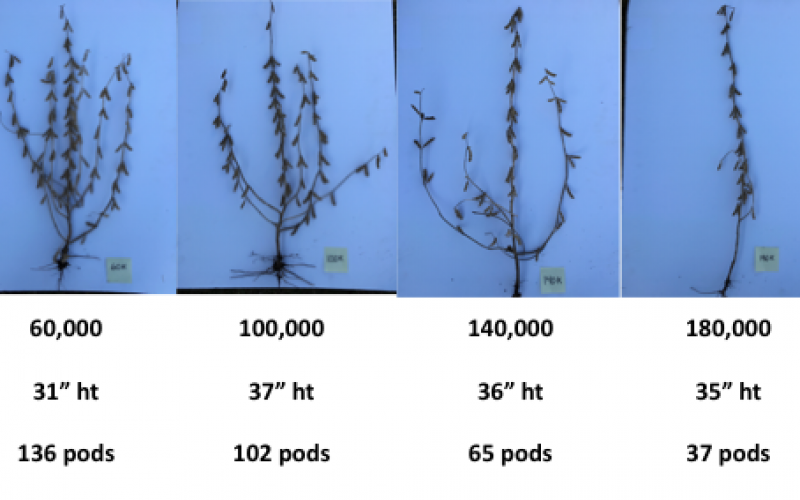
Soybean Planting Population: A Review
There have been reports in recent years that agronomists in states such as Iowa, Nebraska and Wisconsin have observed success when reducing soybean planting populations.
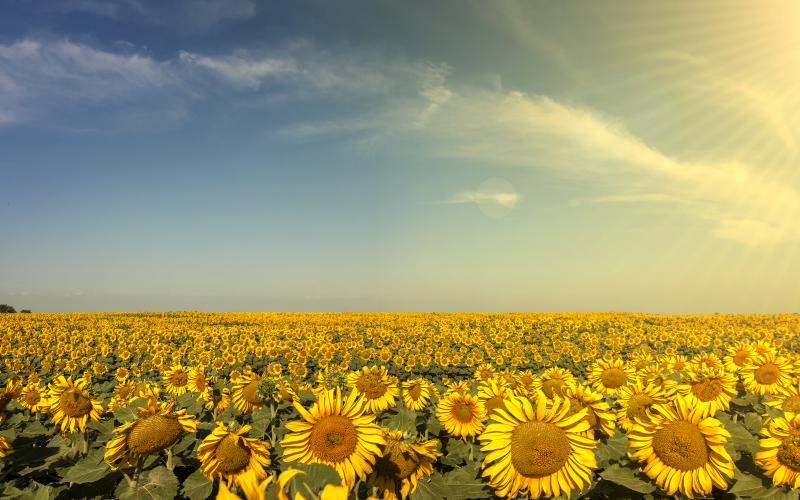
Sunflower & Oilseeds
There are times when sunflower producers need unbiased answers. That’s what we are here for.
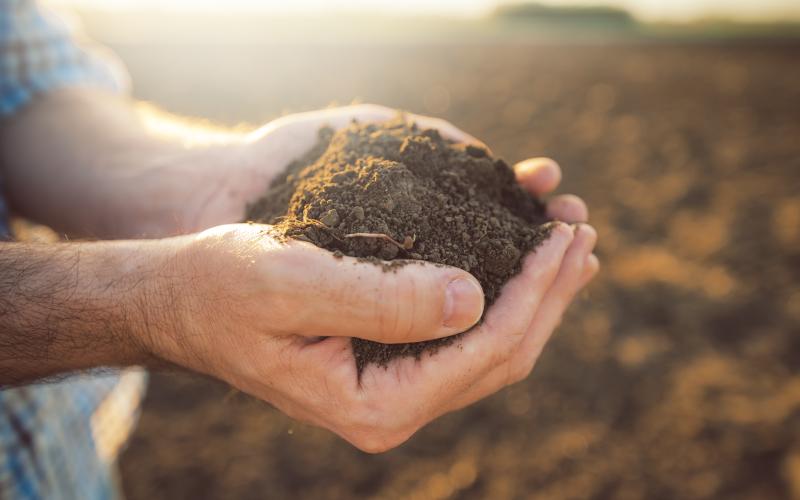
South Dakota Fertilizer Rate Guidelines Calculator for Corn, Soybean, and Wheat
Calculator for Fertilizer Guidelines for Corn, Soybean and Wheat in South Dakota
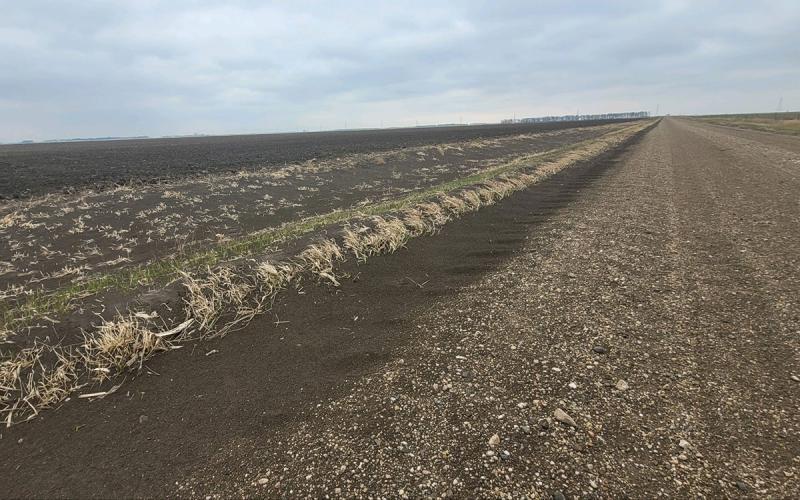
The Costs of Erosion: Topsoil’s Role in Food Security
The thin layer of topsoil covering our earth sustains almost all of the life we know. Learn some answers to common questions about protecting it from erosion.
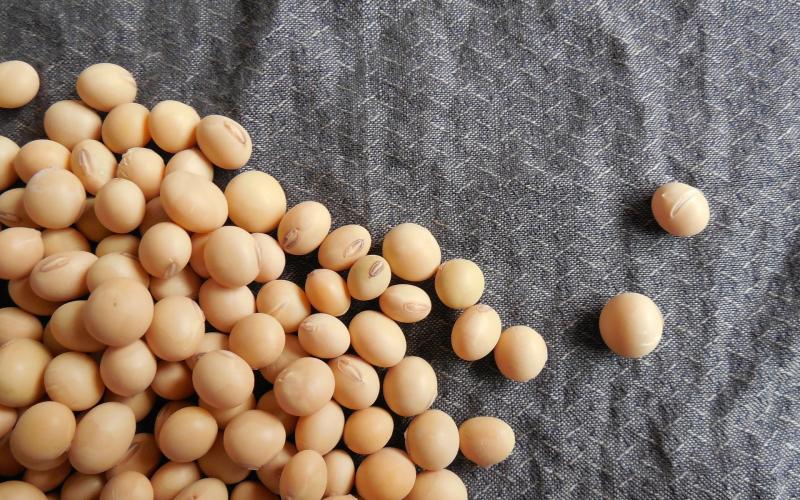
Want a Premium Price? Weed Control In NON-GMO Soybeans
Many emotions set in on farmers that hear the word “non-GMO”, but it could help them in times like today when prices are low for many farm products in South Dakota.
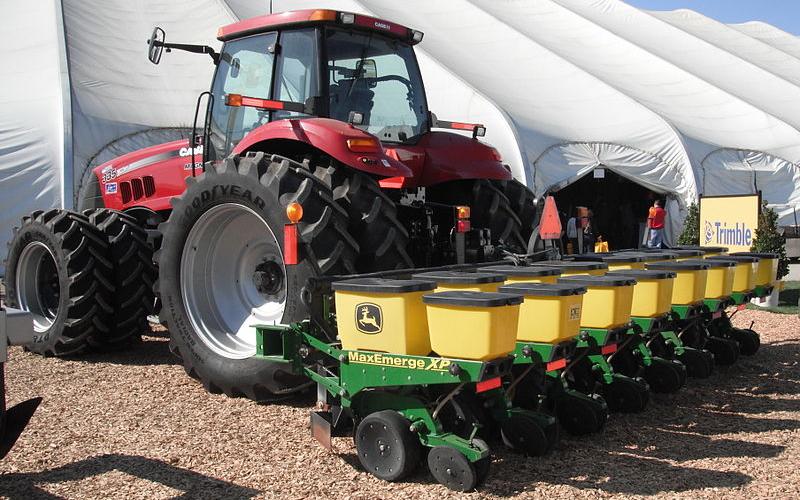
Why Precision Agriculture?
When precision agriculture comes into a conversation a few questions arise. Three of those questions might be: What is precision agriculture? How does precision agriculture make our farm more profitable? What do I do with all this data?
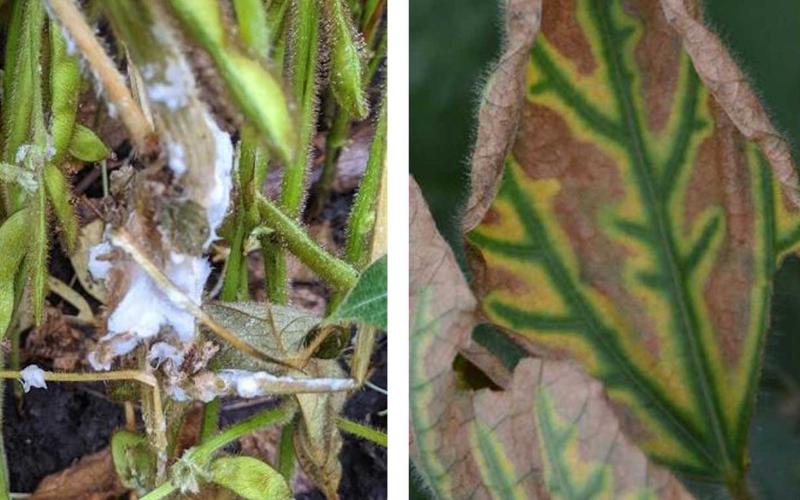
White Mold and Sudden Death Syndrome Starting to Develop
White mold and sudden death syndrome are starting to develop in a number of soybean fields. These two diseases develop starting at the soybean flowering growth stage and can occur throughout the rest of the soybean growing season.
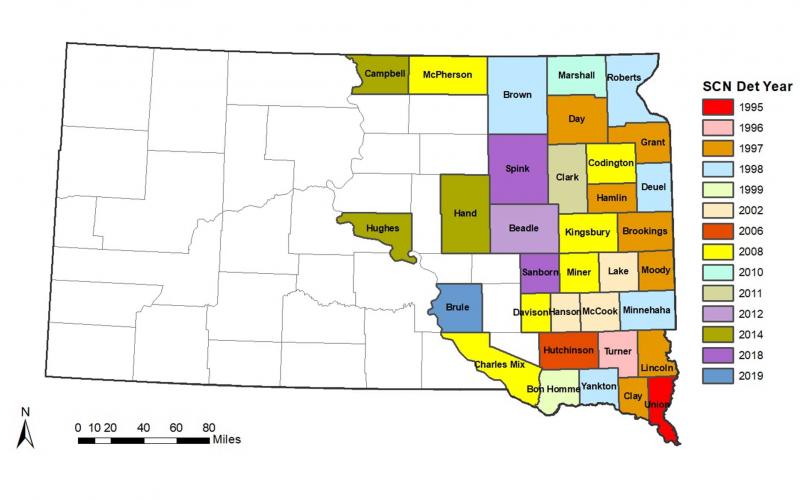
HG Type Testing: A Management Strategy for Soybean Cyst Nematode Control
Have you noticed lower soybean yielding areas in your field? Soybean cyst nematode may be to blame. Fall, and especially after soybean harvest, is the best time to sample soil and have it tested for soybean cyst nematode.